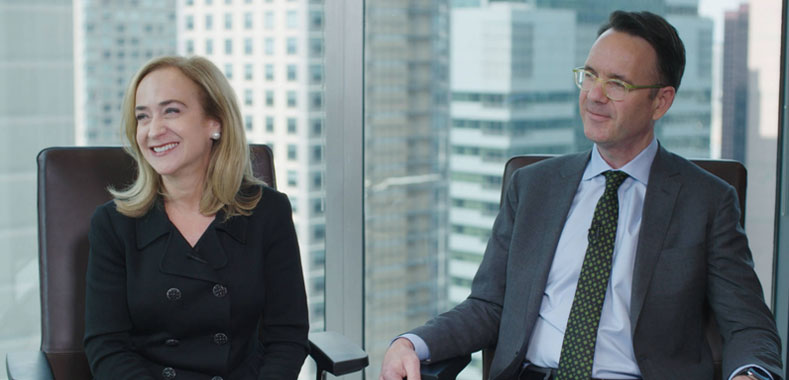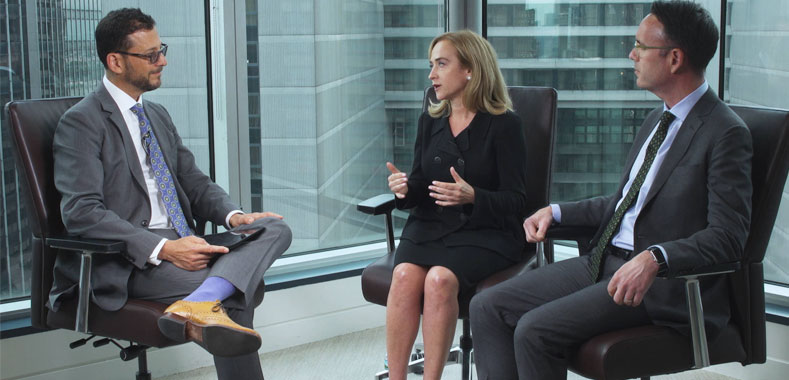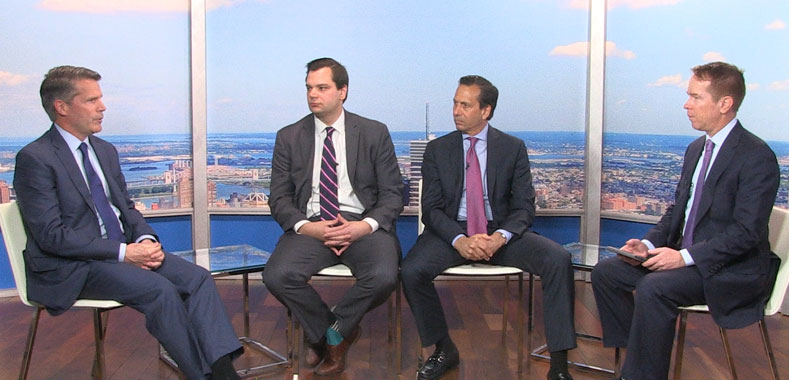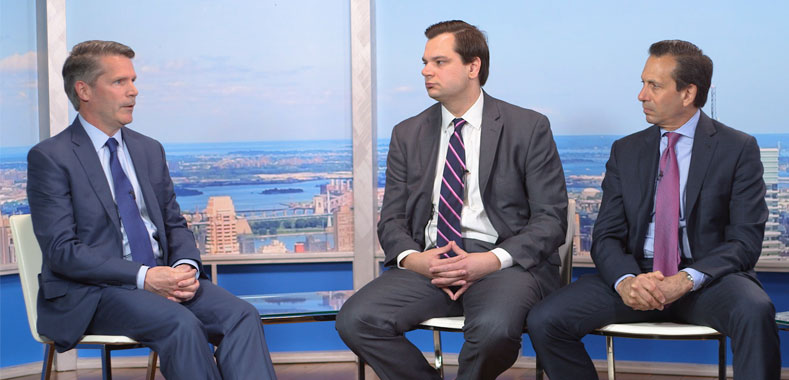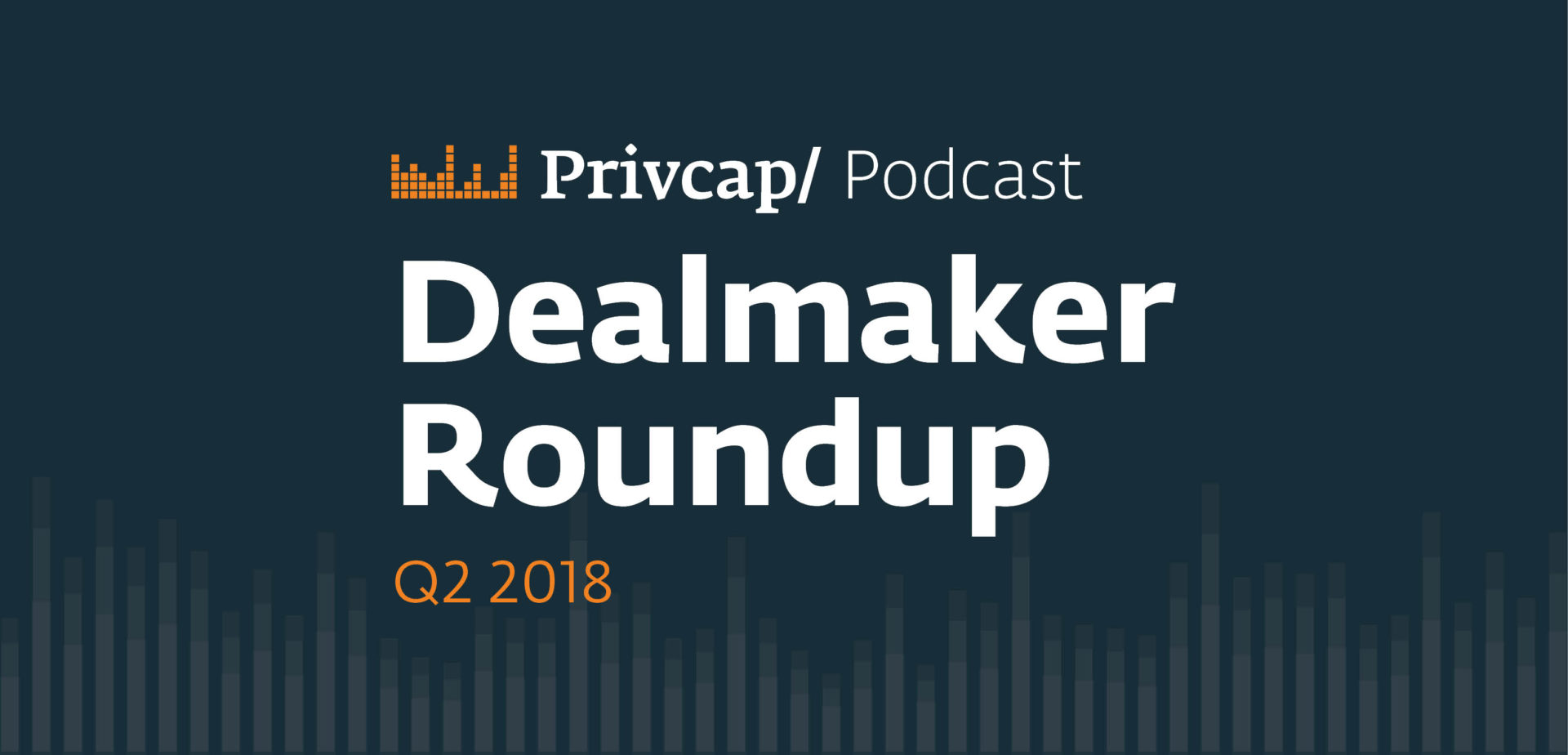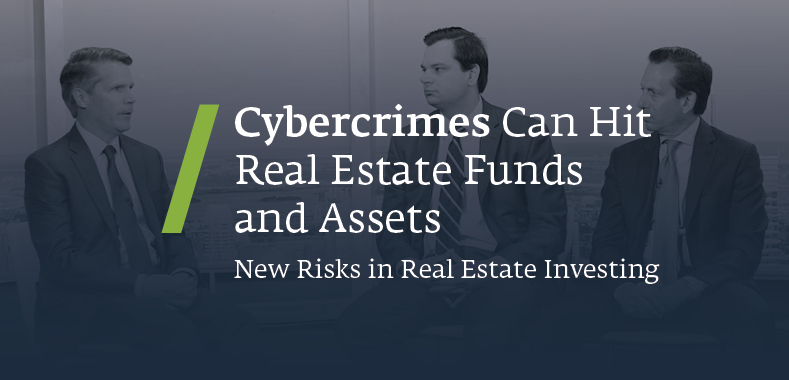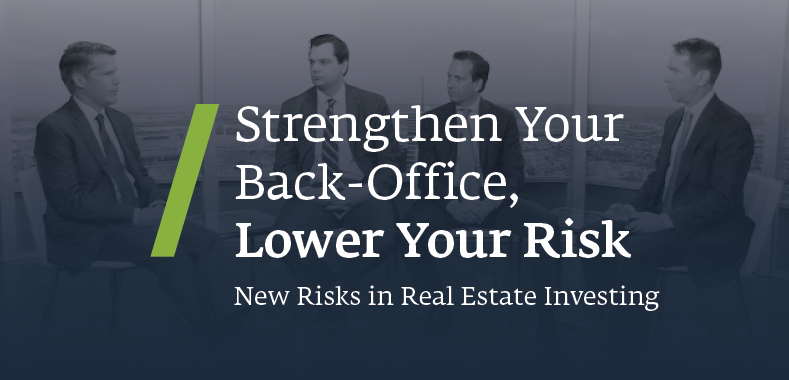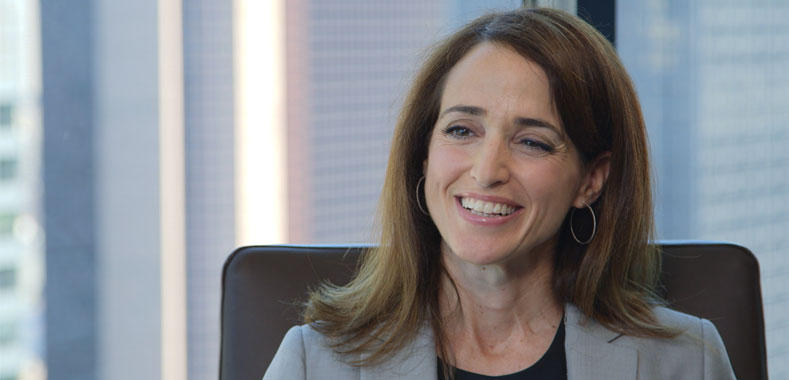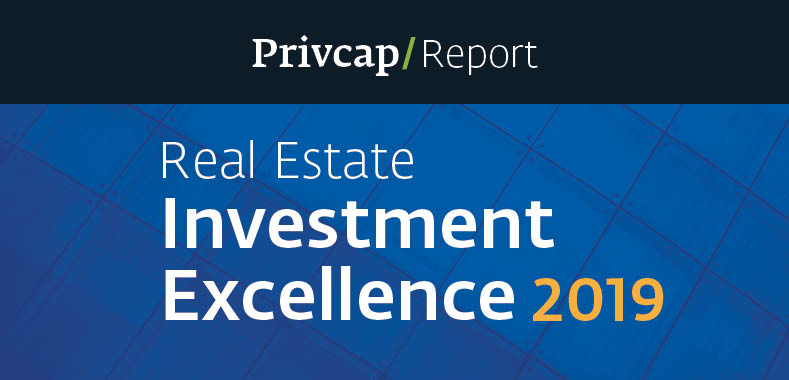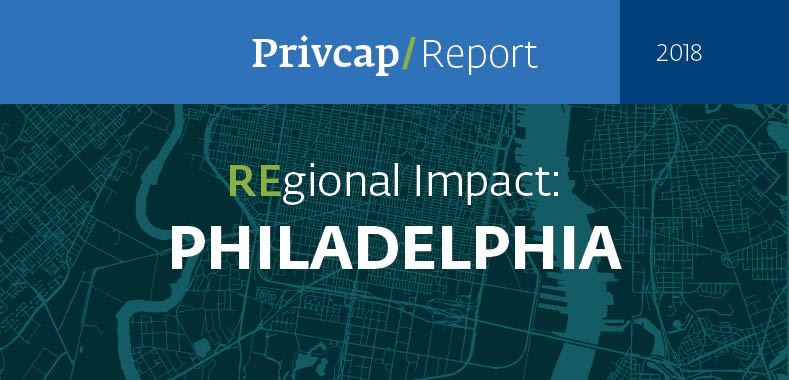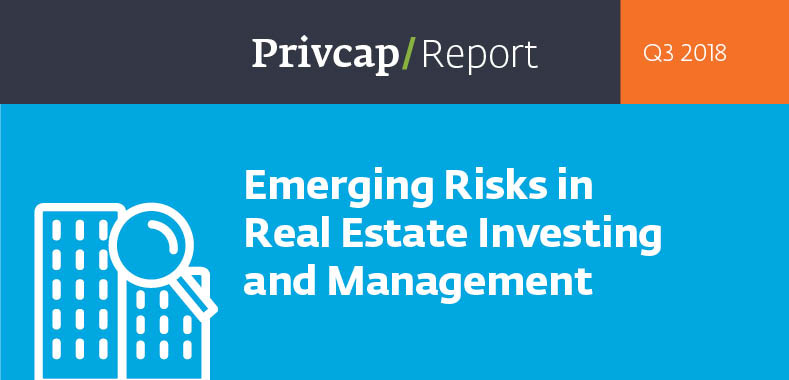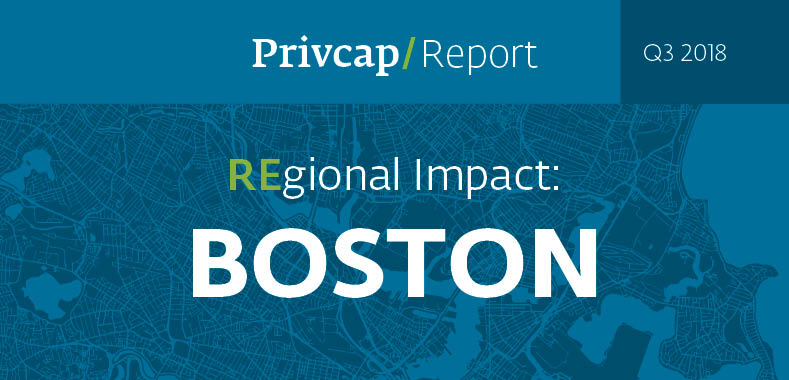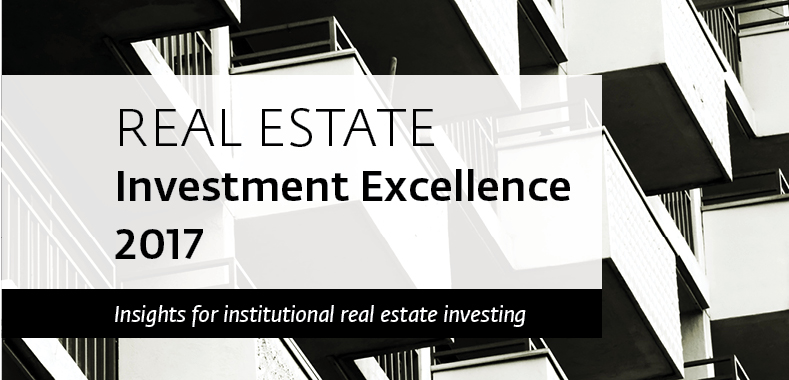Late in a Cycle, Real Estate Investors Work Harder
Download the article here
David Snow of Privcap Media sat down with Dr. Peter Hayes, Global Head of Investment Research for PGIM Real Estate, to get his take on current property investment opportunities amid major challenges in this space
Privcap: U.S. interest rates are rising. Can you paint a picture for us of what that looks like and how it might affect real estate performance?
Peter Hayes, PGIM Real Estate: What’s surprised the markets is perhaps the speed with which these rate rises are coming through, particularly in the U.S. But I would say that investing over time has deliberately created a more defen-sive, more cautious environment in which to operate. Today investors are realistic about the current state of the market and looking at ways to maintain values despite the rate rises.

PGIM Real Estate
Does that mean investors are looking for managers that simply need to work harder to add value to the properties in which they invest?
Hayes: Coming out of the financial crisis, the value theme has been a big driver of how investors have behaved. They’re now taking a bit more location risk. But what they have done in this context of looking at the major gateway markets—the big cities, Hong Kong, Tokyo, London, Paris, or New York—is start to look more at the operating income businesses.
This behavior is leading to the growth of more sectors to be investable for investors themselves. Examples of that growth are data centers, student housing, and manufacturing housing as well.
You mentioned location risk as investors are looking outside the traditional gateway cities for value. What are those risks, and how can you get your hands around them?
Hayes: We’re talking about 40 percent of transaction volume in about eight cities, not a hundred. The narrative was always that investors were looking for transparency and liquidity. They want to be in the big cities. This is where you saw the most aggressive pricing and good performance. What’s now happened is, in this slow, long economic cycle of recovery, you’ve had more occupiers moving into submarkets, outside the major downtowns and central districts, with smaller cities now seeing a better rental-growth story.
Investors, in our mind, have been slow to take advantage of moving to these later markets because the risk to some of these markets is: how sustainable are they over a cycle?
Today investors are in a long-term buy and hold mindset and looking at smaller cities to take advantage of what they call an “illiquidity” premium. The cap rates are higher because of their illiquidity. But a long-term mindset means investors are happy to be paid for that risk.
Investors are increasingly interested in trying to understand how the real estate dynamics will work with regard to distribution centers and logistics facilities. How do you understand the growth of rent in places like that?
Hayes: Investors should have a lot more logistics property in their portfolios than they can actually get a hold of. By value, only 10 percent of the investable stock, globally, is logistics. Investors want more than 10 percent, because of rental growth. However, shortage in supply is causing investors to look at secondary or older, even light industrial buildings for conversions.
We can see a rental-growth story there, because they’re fulfilling a need. We also see a demand for the 1-million-plus-square-feet distribution warehouses, which feeds into this delivery system due to the growth of e-commerce.
Speaking of supply and demand, is development around the world at levels that you would expect, given pricing trends?
Hayes: No. We’ve used history as an example. Historically, when rent goes up, so does development. Today we are not seeing the development pick up. For example, in the U.S., there’s definitely less appetite for lenders to provide especially speculative development finance. That’s really the big issue.
Then you look at the developers and there is still an issue about rising cost of materials and a shortage of labor. London has had a pronounced development cycle, as has Tokyo, but on balance it is still a lot weaker than history. Again, it’s harder to get development finance. The numbers don’t stack up and both developers and lenders don’t want to make the same mistakes of the past.
A conversation with Peter Hayes, global head of investment research for PGIM Real Estate, on current property investment opportunities amid major challenges in the real estate space.



